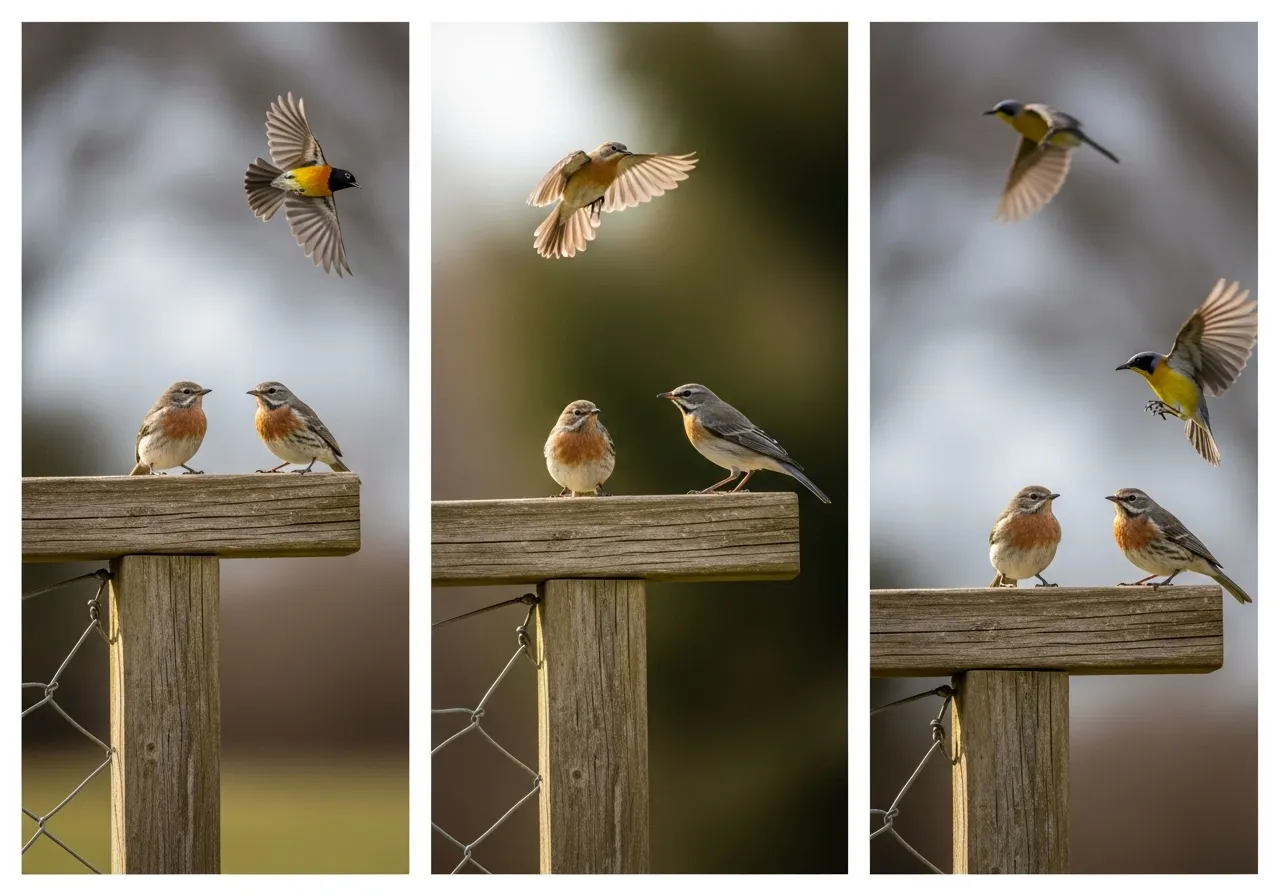
Frequently Asked Questions (FAQ) about Backyard Birds
How do I find out which birds are common in my specific state?
This is a great question, as bird populations vary significantly by region. One of the best resources is the eBird website, managed by the Cornell Lab of Ornithology. Its “Explore” tool allows you to see which birds have been recently reported in your specific county or state. The National Audubon Society also offers state-specific information and resources on its website. A printed regional field guide is also an excellent investment.
When is the best time of day for birdwatching?
Generally, the early morning hours, shortly after sunrise, are the most active time for birds. They spend this period actively foraging for food to replenish their energy after the night. The late afternoon can also be a period of increased activity as birds have a final meal before settling down to roost. Midday, especially on hot days, is often the quietest time.
I saw a sick or injured bird. What should I do?
Your first instinct may be to help, but it’s important to act safely and correctly. Do not attempt to capture or care for the bird yourself. Wild birds can carry diseases, and improper care can cause more harm than good. Instead, contact a local licensed wildlife rehabilitator. Your state’s Department of Fish and Wildlife or the U.S. Fish & Wildlife Service website can provide you with a list of certified rehabilitators in your area. Observe the bird from a distance and give the professionals the exact location.
Why have the birds stopped coming to my feeder?
It can be disheartening when a busy feeder suddenly goes quiet. There are several possible reasons. It could be seasonal; in late summer and fall, many natural food sources like seeds, berries, and insects become abundant, so birds may temporarily prefer those. A predator, such as a hawk or a neighborhood cat, may be lurking nearby, making the birds feel unsafe. Lastly, check your feeder. The seed may be old, moldy, or wet. A thorough cleaning and a fresh batch of seed often solves the problem.















